Walk of Life is the upcoming follow-up to the popular life-sim board game No Time to Relax, which was released in 2019. From Icelandic developer Porcelain Fortress, the game will look to iterate and expand on the formula created in No Time to Relax, delivering a far bigger, more varied experience for players. The game is heading to Steam early access sometime in 2025.
Game Rant caught up with Porcelain Fortress CEO Ingólfur Ævarsson and lead designer Diðrik Steinsson to discuss Walk of Life in detail. They talked about the idea behind the project and how it would build on the gameplay loop created in No Time to Relax. They also discussed how Iceland has had a growing role in the video game industry. This interview has been edited for clarity and brevity.
0:32

Related
Walk of Life – Announcement trailer
No Time to Relax creator Porcelain Fortress has announced their next game, Walk of Life. Take a look at the announcement trailer here.
Walk of Life Devs Discuss Its Core Concept
Q: Can you explain the concept of Walk of Life?
Ævarsson: Walk of Life is based on the concept of our previous game, No Time to Relax. You basically go through the rat race of life, you start at the bottom and work yourself up. You can get an education, get a better job, maybe get into an apartment you really want to live in, and just try to live a better life. That is it in a nutshell. It is a laugh-out-loud game where you’re making fun of your friends who might not be as lucky as you or make some bad decisions. Our previous game became really popular, and lots of streamers picked it up. We’ve had streamers across the world, Thailand, Brazil, the US, Germany, all around the globe playing the game, giving it millions of views, because of how intimate and funny it is.
It’s a simple game, but with a lot of depth to it. What we saw with No Time to Relax was that it became quite linear, and it was also the first game that we made, which was delivered in just six months. As we interacted with our community, we realized there were just so many things that our players were asking for and wanted to do. We realized that we could expand on that gameplay further. We really wanted to kind of go back and build it again, with all of these extra possibilities to build on that gameplay, which is how we arrived at Walk of Life.
Q: How does Walk of Life iterate on No Time to Relax’s formula?
Ævarsson: What we had with No Time to Relax was a core gameplay loop that, once you figured that out, you figured it out, and there wasn’t really anywhere else to go with it. It was a lot of fun, though, and we wanted to expand on that to create additional ways of both winning and playing. We are introducing a lot of new depth to the gameplay, as well as opening it up for single-player campaigns and things like that, that will further build on what people were really asking for. Players can take on different roles in the new game, and we will also be testing various things during early access in order to introduce new avenues to play the game and increase the depth of the game.
Walk of Life’s Single-Player Options and Art Style
Q: Are there any single-player components to Walk of Life so that somebody can enjoy the experience without friends?
Ævarsson: Players can always play against the AI, but what we want to do eventually is offer a single-player mode where you go through a story-driven experience. I don’t want to promise anything because we’re still working on some of the concepts there, but it’s definitely something we are looking at. The current system that we have is you’re playing against your other friends, but we’re also looking into collaborations where you’re playing with your friends, not against them, and you can work as a team.
Steinsson: Just to be clear though, we will not have any single player in the game’s early access.
Q: The art style gives off a cool, early 90s cartoon nostalgic vibe. What made you want to tap into that?
Steinsson: What we wanted to do with No Time to Relax, when we were creating that, was tap into a ‘sitcom’ style vibe. Sort of like if you were thinking about something that made you really laugh, similar to the cartoons of our youth, such as The Simpsons, The Flintstones, and similar stuff like that. We wanted something like that for Walk of Life but mixed it with the new wave of cartoons like Futurama and Rick and Morty, so it’s like making a video game based on cartoon sitcoms. Those were kind of the inspiration points for our art team to go forward with. The art director of the game wanted to create something extremely intricate and very detailed and animated as well, as much as we could do, and that’s what we did.
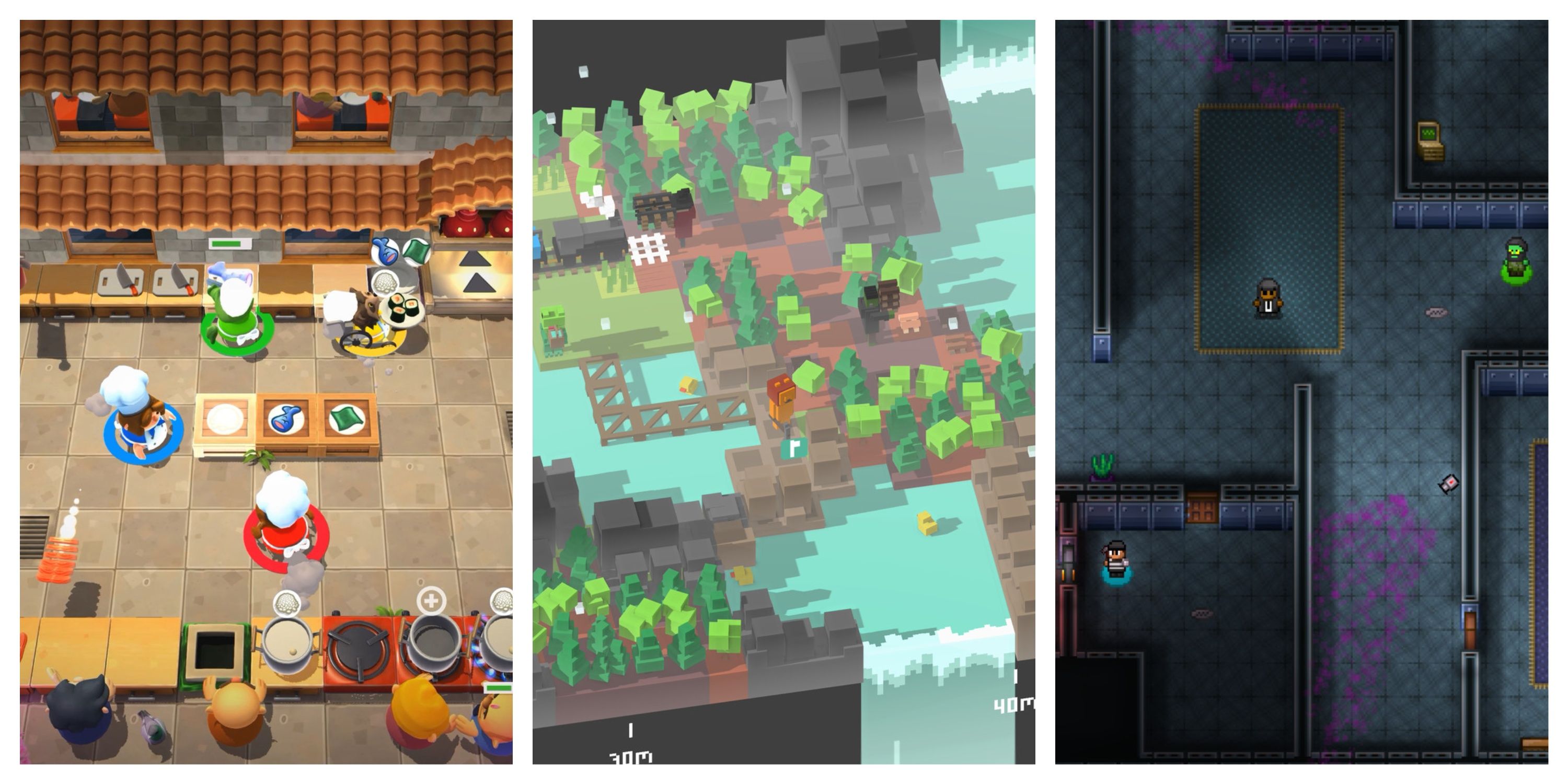
Related
Best Indie Games With Online And Local Co-Op
Whether playing online or together on the couch, these indie games have players covered!
Walk of Life Will Have Several Different Ways to Play
Q: The press release mentions that players can take on diverse roles with unique play styles. Could you elaborate any more on that?
Ævarsson: I can’t go into massive details there because we’re still in some of the development stages with some of that stuff. But in the original game, everyone was pretty much the same, with the same objectives in the game, and with the same gameplay of where you were going and what you were trying to achieve. What we want now is to allow people to select different ways of where they’re heading in the game at the beginning, with different goals. That would change the dynamics of what you’re trying to achieve and ultimately how you play the game.
Q: Will Walk of Life get a console release at some point?
Ævarsson: No Time to Relax is available on Switch, PlayStation, and Xbox, and that is something that we envision for this game. We wouldn’t want to put a time frame on it right now, but No Time to Relax was quite popular on the Switch, so that is definitely something that we’re looking towards.
Iceland’s Place Within the Video Game Industry
Q: What would you say sets your home country of Iceland apart from other European nations when it comes to video game development?
Ævarsson: I think you can look at it from two different angles. Iceland is in the middle of nowhere, on an icy rock, and it feels like we live in a different world where we need to be creative in multiple ways. There is a very strong heritage and history in Iceland of storytelling and being creative and that is just something that’s very strong within the Icelandic community, so we are kind of taking that into the gaming world. We have a company, CCP Games, which was formed here, and that’s something that we’ve been able to look towards. Having a company like that in the country is quite inspiring, and it also helps give people a start in the video game world, allowing them to eventually move into other companies or even start their own companies. I think being able to have that hub that has a kind of mainframe is great. We also have Parity Games, as well as ourselves, and Solid Cloud.
There are a lot of other companies in Iceland, and on top of that, we look quite heavily towards Finland in a sort of collaboration, to see how they work. We work with quite a lot of people in Finland. The Icelandic team in the ecosystem is very collaborative as a whole. We don’t look at ourselves as competition because the Icelandic market isn’t really a market for us. It is to our benefit when our sister companies succeed, even though we don’t have any kind of official relations. Even so, their success is our success. We try to support each other as much as we can. So that has also given us a lot of room to grow as an industry in Iceland. I think these two elements, the creativeness and having sort of a big brother like CCP and the collaboration between companies, are at the heart of it all right now.
Steinsson: Just to point out that Porcelain Fortress is inspired by the likes of CCP, despite not being affiliated with them in any way. We all just see each other as part of an extended family in Iceland.
Q: The gaming industry is evolving at a rapid pace. How do you see the gaming industry, specifically in Iceland, evolving over the coming years?
Ævarsson: I think it’s going from strength to strength. Of course, CCP is there. But we see that there will be additional strongholds of gaming industries here in Iceland, and we also have the infrastructure within the government to support companies that are starting up. I foresee that we will have maybe two to three medium-sized companies, maybe as big as CCP, but with smaller companies around those too.
I think, in general, we are an island in the middle of the Atlantic Ocean. It’s a place that doesn’t really make sense to do a lot of production as we mainly ship to foreign countries. That support system and the build-up that we have within the gaming industry is just going from strength to strength in Iceland. We look a lot towards Finland and Sweden in terms of inspiration, and we can see a very strong road map of how to build up an industry like they have in gaming. There is a lot of opportunity for the Icelandic gaming industry to continue on that journey.
Steinsson: We are looking at Sweden as the gaming capital of the Nordics, and of course, Finland for inspiration. With Iceland, we are slowly gaining more support from the government. But there are no specific gaming grants, any specific gaming tax reductions, or anything like that. Other countries are way ahead of us in this regard, and we’re lagging behind when it comes to government funding, stuff like that. We’ve been lucky enough to tap into technological development funds, but we are competing with countries that have their own specific gaming funding and tax reductions on gaming specifically.
I think we will get there, of course. The word that describes Iceland and our people, and why we’re still here, is grit. That’s why I think we still have the likes of CCP. We have a huge gaming scene here. In terms of video game companies per capita, we’re probably the per capita champions in the world! We built our companies with nothing. The Nordics, the UK, and the rest of Europe have access to gaming-specific funding that we do not have, at this time, but we rely on grit and determination to succeed.
Q: What is your long-term vision for Porcelain Fortress?
Ævarsson: Our vision for the company is that we look to the games of yesteryear and create them with the technology of tomorrow. We’re not just looking at party games. We look at the games from our past that we are truly inspired by, and then try and find a gap in the market that we believe we can execute and deliver those games to our audience who really want to play those games. We believe that we can take those concepts and really deliver something new and beautiful. We just want to create good games. I have a history of working for companies that have been in the subscription genre, but I was more free to play. I really love the concept of creating a fantastic game and then delivering that game, and then starting that loop over again.
Steinsson: We want to build new experiences out of the good memories that we had of playing video games together when we were younger. That’s something that has become the core of the creative vision within the company. Building things that we can play together for fun. It’s less about competitive gaming, more about making something that we can, or everyone can, play and have fun. Sure you can have competitive games, but no matter if you’re losing or winning, you should always be having fun. That’s the most important thing to us here at Porcelain Fortress.
[END]
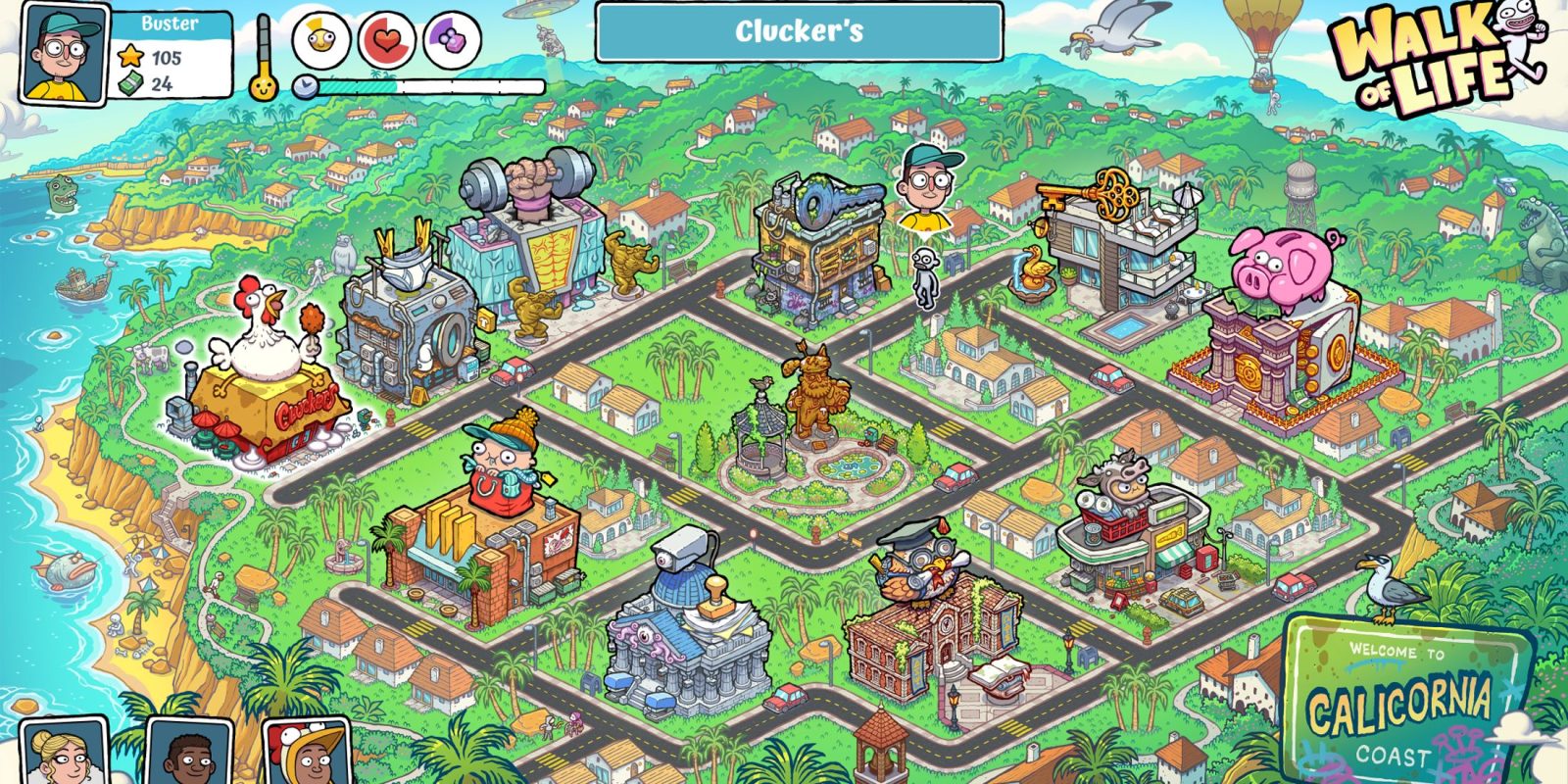

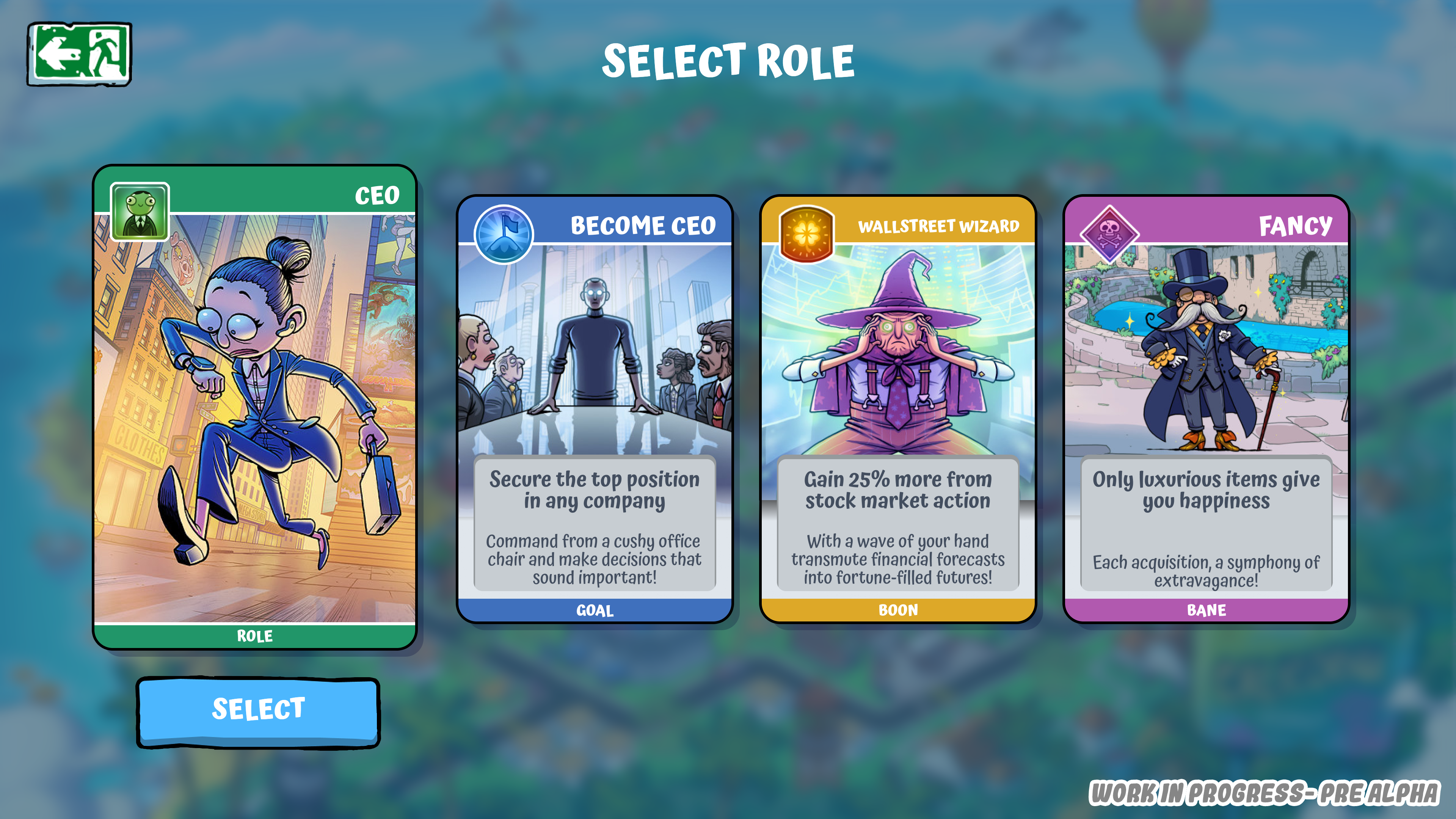
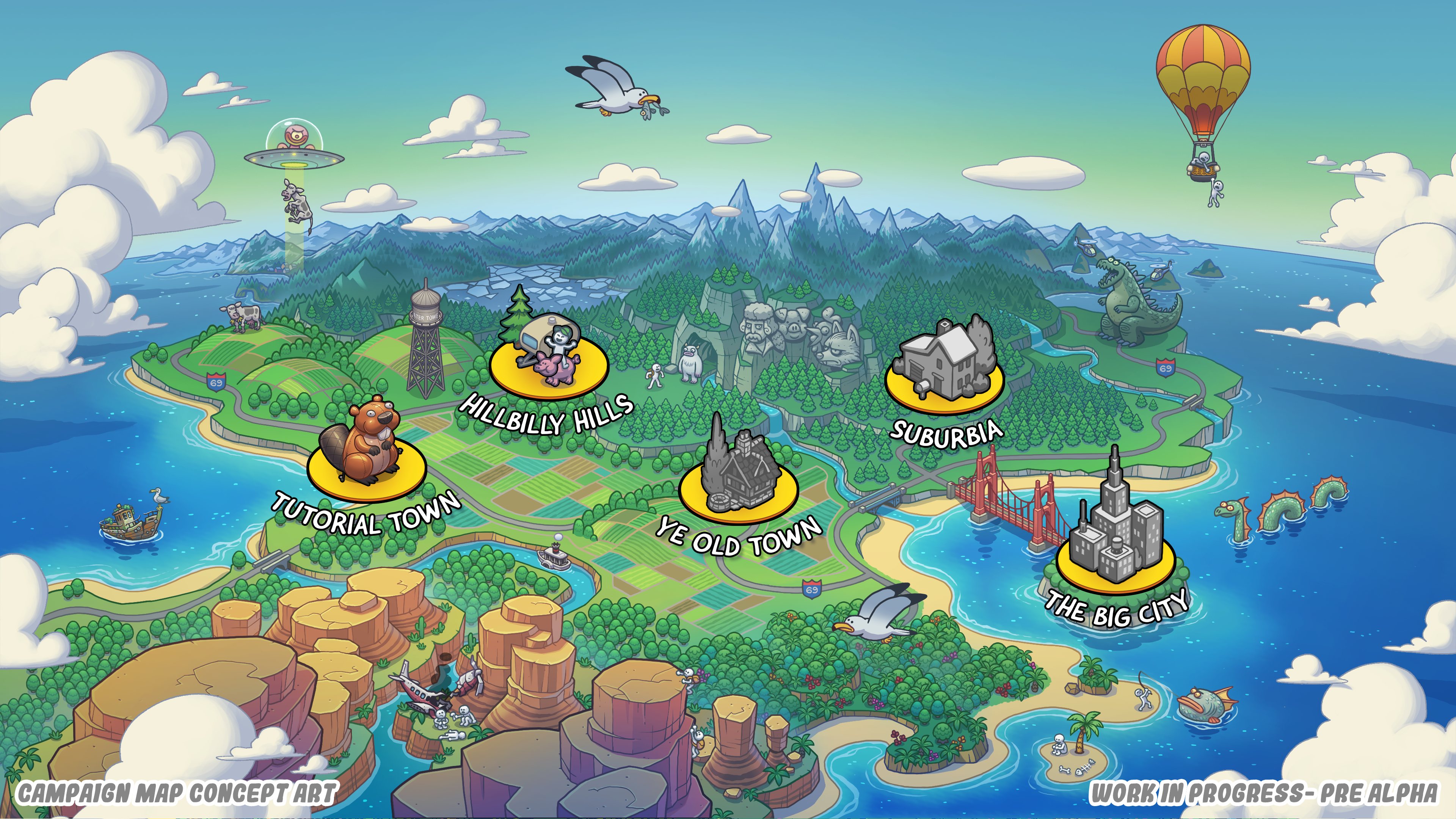
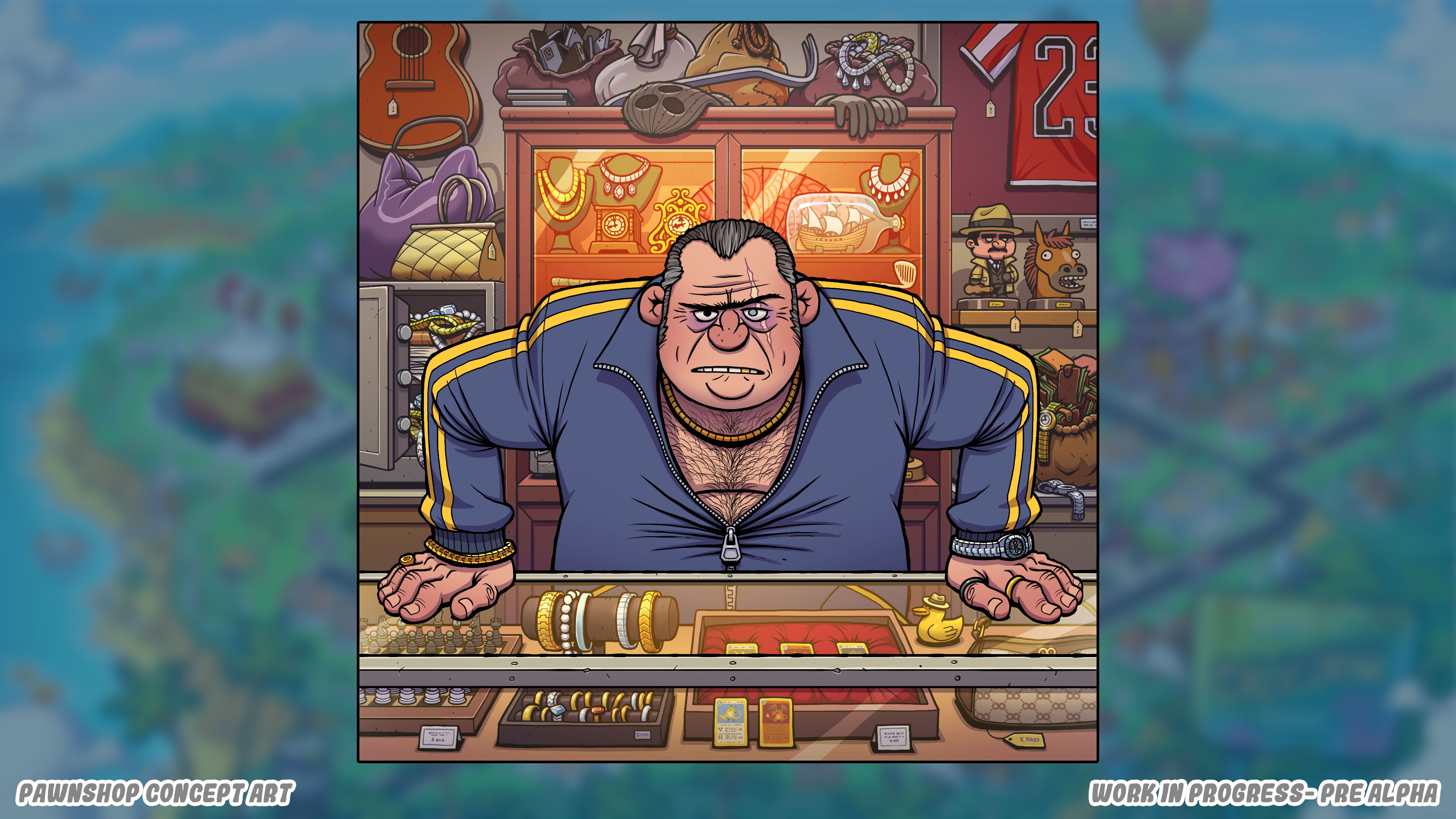
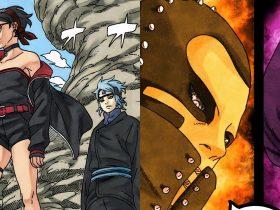


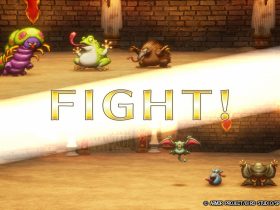
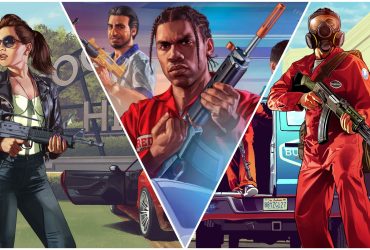
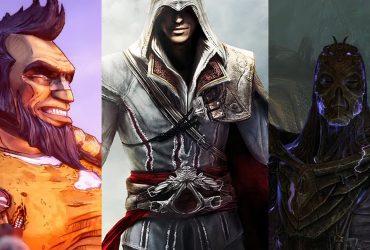
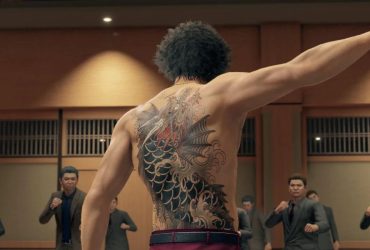
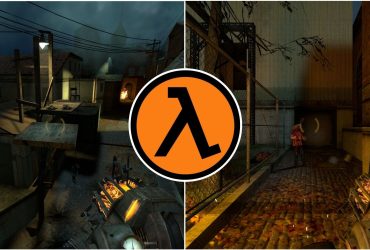
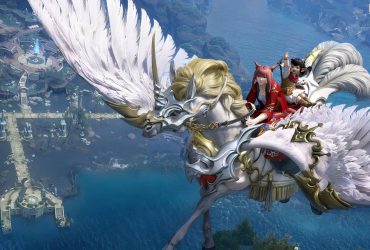
Leave a Reply